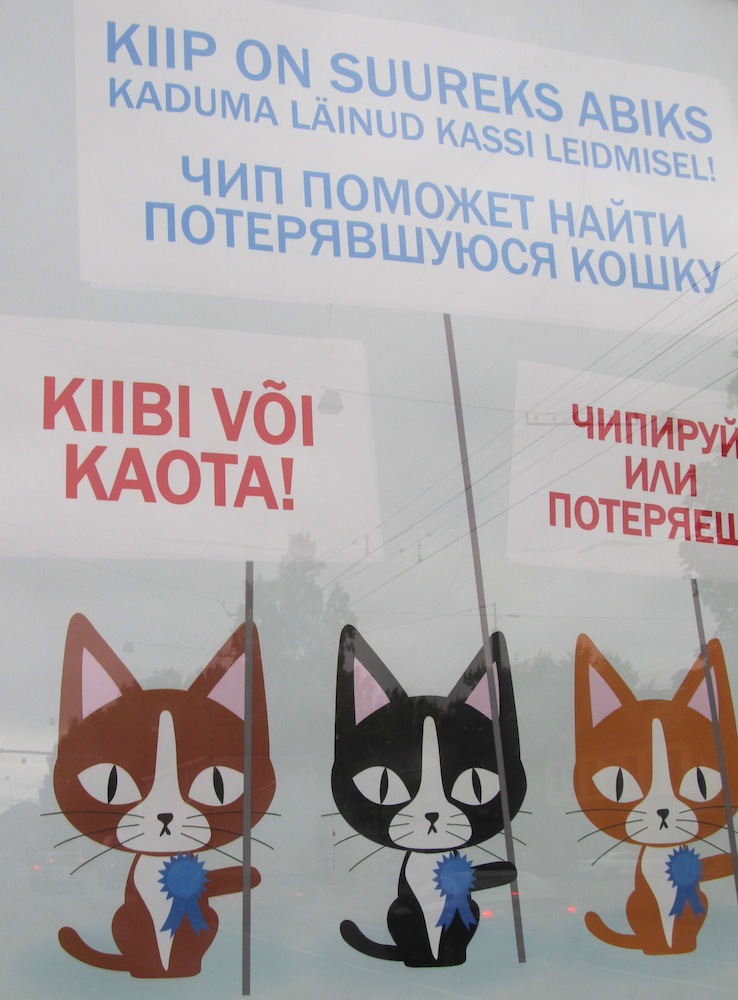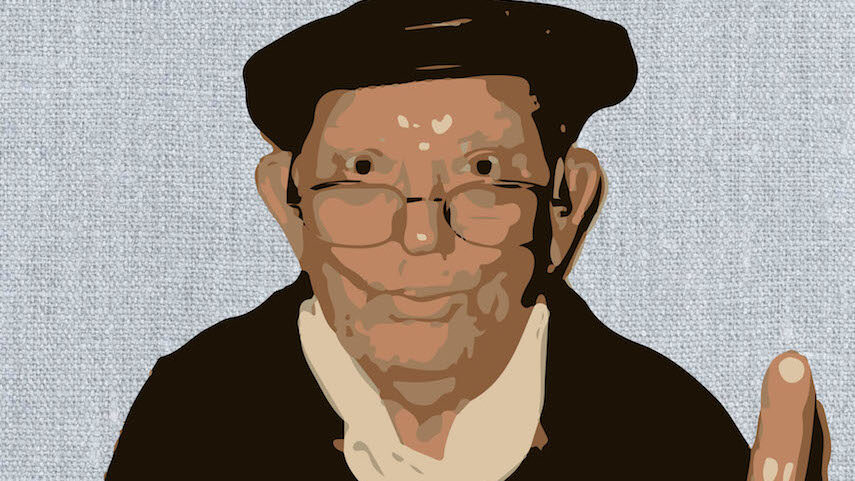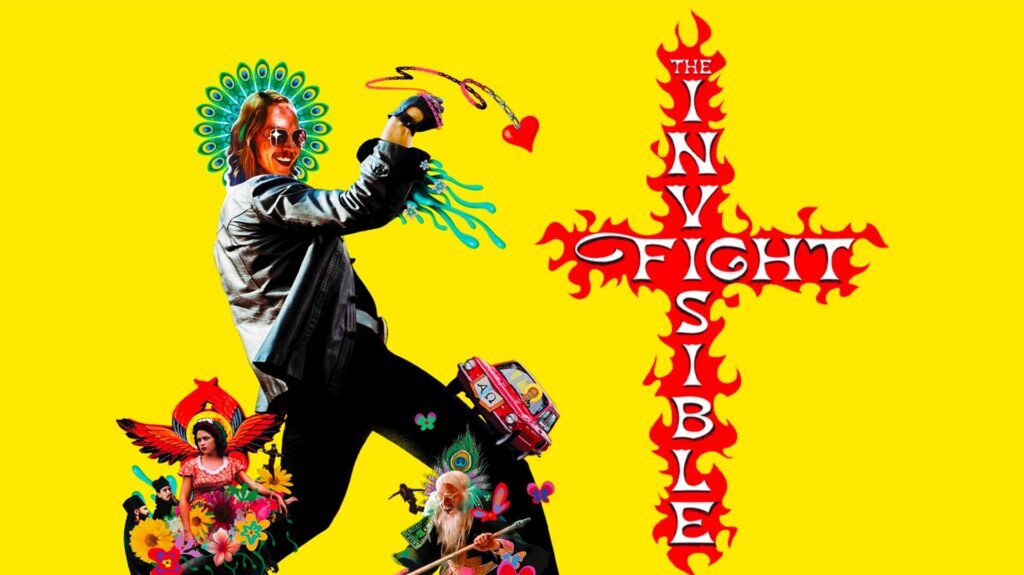Photo: The fall pet care campaign in Tallinn urged citizens to “KIIBI OR KAOTA” — KIIP or lose. The upper text reads KIIP ON SUUREKS ABIKS KADUMA LÄINUD KASSI LEIDMISEL. — “A KIIP is of great help when trying to find a lost cat.” The same message is repeated in Russian. Not only a cat or dog can carry a KIIP; in fact there's one embedded in your debit and credit cards, your Estonian identification card (ID kaart) and perhaps even your passport. Since KIIP has only one definition in Estonian, the prefix MIKRO- is often dropped. Sound familiar? Photo by Riina Kindlam
By the way, pet shop is either lemmik/looma/pood or sometimes zoo/kauplus. A zoo, as in the home of exotic beasts is looma/aed — “animal yard / garden”, but the bus stop at the entry to Tallinna loomaaed is called “Zoo”. Go figure. It must be directly from zooloogia; all manner of beasts. Whereby it's not pronounced “zuu” as in English, but with a deep Estonian O (“oh”) sound. Other chips in Estonian: potato chips = kartuli/krõpsud (potato “crunches”) or simply krõpsud; chips as in fish & chips (french fries) are frii/kartulid; wood chips such as mulch are puit/laastud. If something ceramic chips, then a kild is lost. Alas, chocolate chips are not a widely known fenomen in Eesti. Recipes can do no better than calling them šokolaaditükkidega küpsised –” cookies with pieces of chocolate” and since chocolate chips are not locally made or widely imported (if at all), many recipes suggest adding jämedalt hakitud coarsely chopped šokolaad to the tainas / taigen (dough). The closest thing to chocolate chips in Eesti may well be šokolaadi/nööbid — chocolate “buttons” or little chocolate discs covered in rainbow sprinkles. Perhaps if you chop said buttons up… But they'll most likely melt profusely, since they simply haven't been bred in true chocolate chip style.
Riina Kindlam, Tallinn




